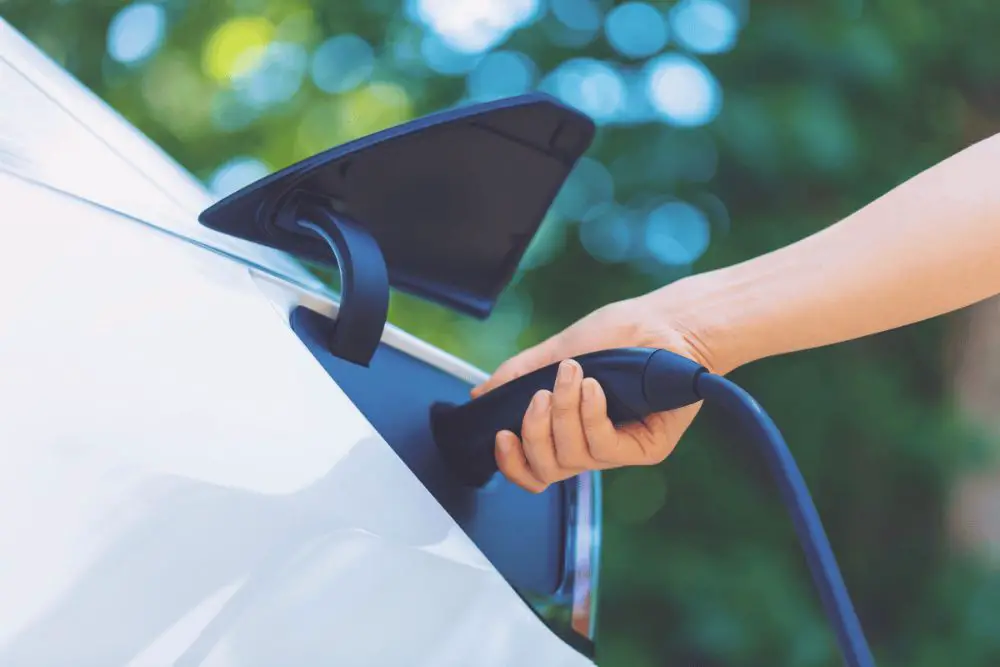This article will teach you everything you need to know about charging your electric vehicle, including the type of plug and recommended charging locations. Electric car charging is available in three levels (Level 1, Level 2, and Level 3), each with a different charging capability and availability. The charging method also influences how long it takes to charge a vehicle and what type of charging infrastructure is required.
You should learn about the different ways to charge your electric vehicle and the places where it can be charged. Check the owner’s manual to make sure that the plug on your electric car works with yours.

Which charging cables are available?
The plug for the charge cable that is used with an electric vehicle can be different depending on the maximum charging capacity of the vehicle. Take a look at them all below!
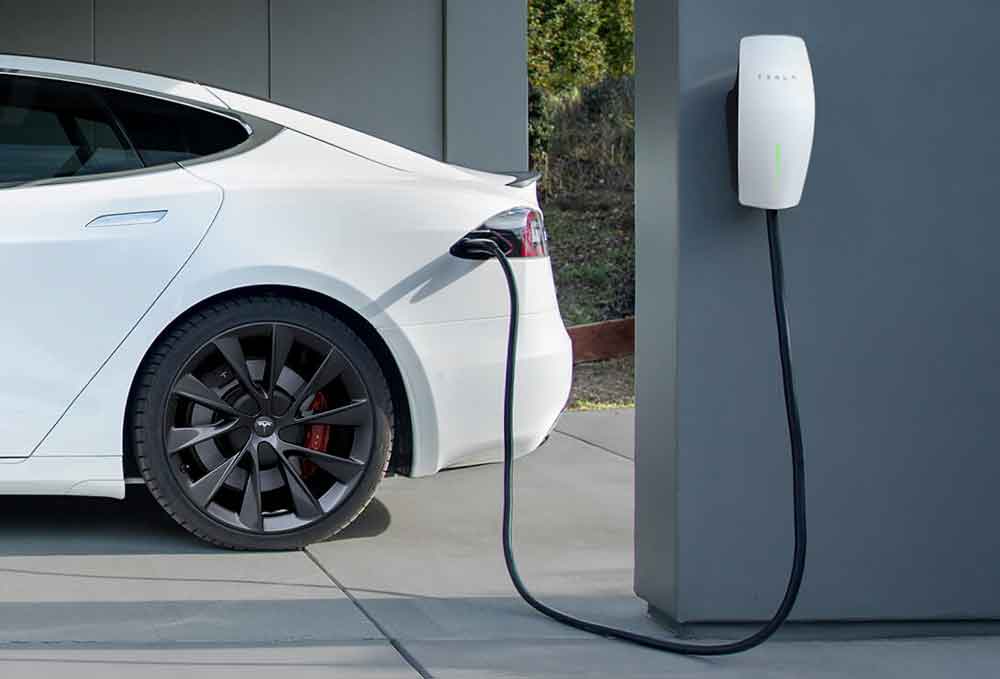
LEVEL 1 (120V AC)
The most basic method of charging is Level 1 (120V AC), but it also takes the longest because the vehicle must convert the AC power into DC power before it can be stored in the battery. This makes it better suited for plug-in hybrids, such as the Prius Prime, and other vehicles with smaller batteries. The good news is that it can be powered by the regular electrical outlets you already have in your home and garage.
The SAE J1772 plug is the standard connector for Level 1 charging at home or in public. The J plug is another name for this connector.
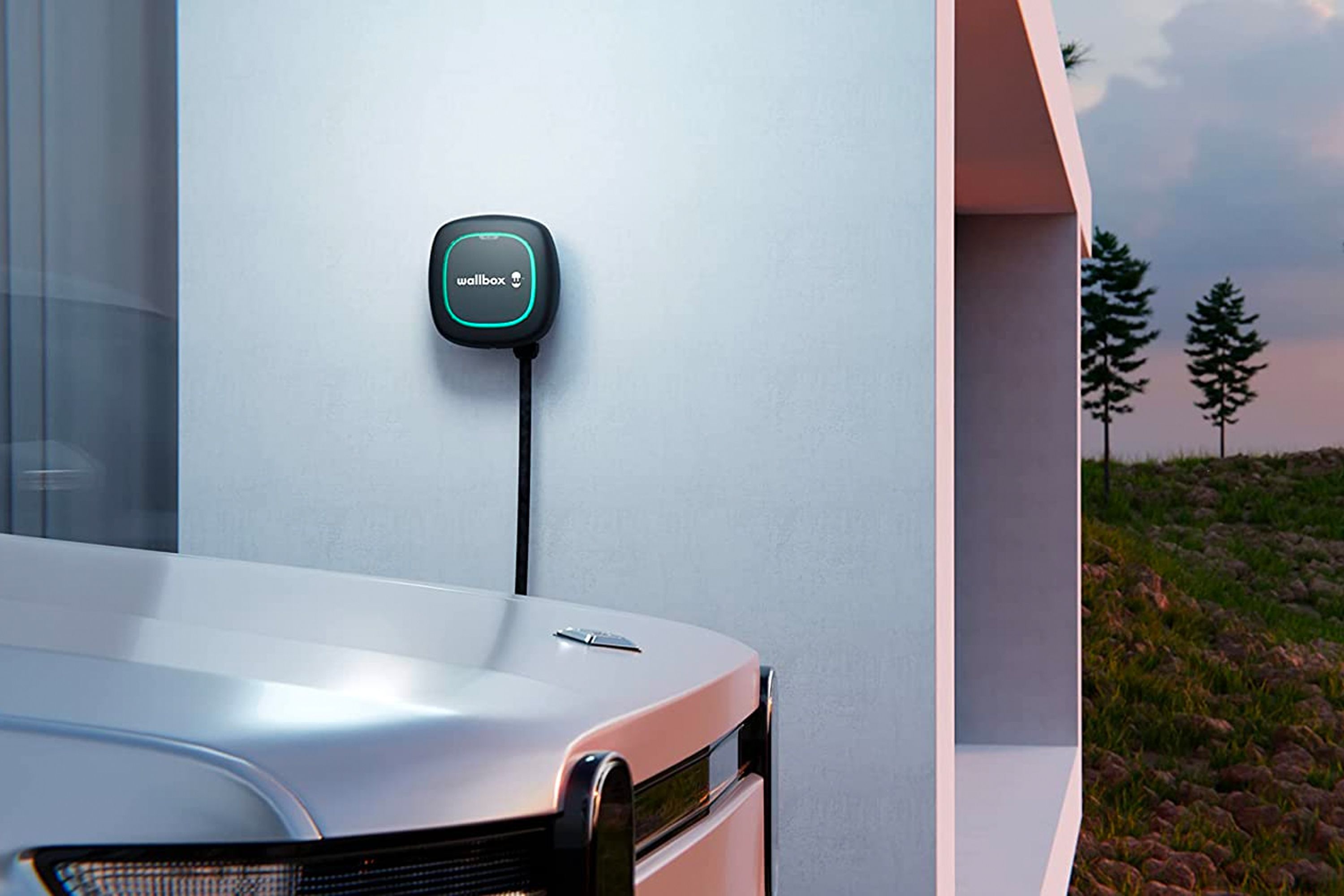
LEVEL 2 (240V AC)
The difference between Level 2 (240V AC) and Level 1 is primarily in the voltage and amperage. Having a Level 2 charger installed into higher-voltage electrical outlets, such as those powering clothes dryers or ovens, allows vehicles to charge much faster. While this is a significant improvement over Level 1 charging, the AC power must still be converted to DC by the vehicle’s onboard charger.
The same SAE J1772 plug can be used for either private or public Level 2 charging. However, the hardware at charging stations will be strengthened to withstand the higher power.
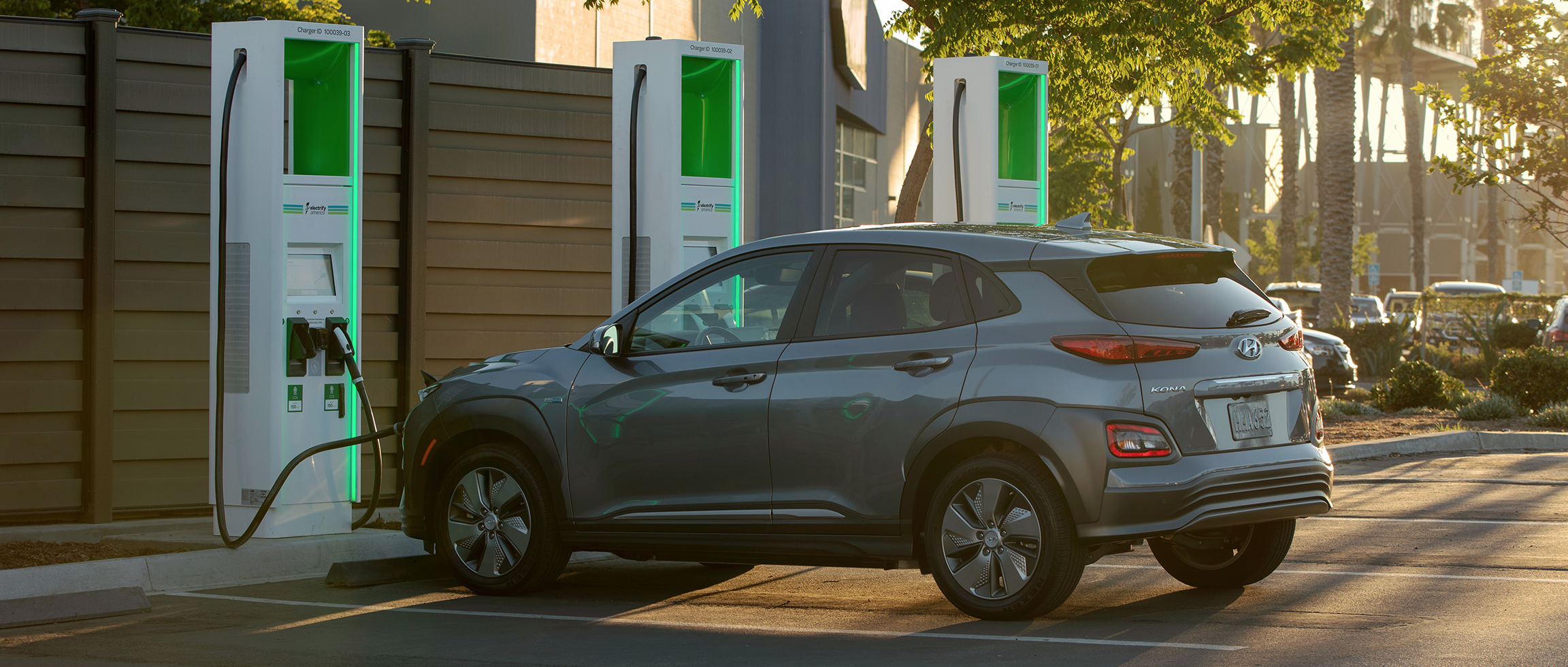
LEVEL 3 (480V DC)
Charging at Level 3 (480V DC), also known as DC fast charging, supplies even more powerful DC power. This means that it can give power to the battery without having to convert it first.
Level 3 devices are not typically found in residential areas and use different plug designs that are not compatible with every vehicle because of the higher voltages required to operate them. Many factors, including the weather, can affect how long it takes to fully charge.
There are different charging sockets too
The charger’s plug fits into a standard wall socket on the other end. These outlets are also adjustable for different charge levels, just like the connectors on your car. According to the guidelines established by the National Electrical Manufacturers Association, here are some of the most common you’ll come across: (NEMA).

The standard electrical wall outlet in Canada is a NEMA 5-15 socket, which provides 120 volts at 15 amps. Normal Level 1 charger require this to function.
Power for a Level 2 charger can be drawn from a NEMA 14-30 Socket (240V, 30 Amp), which is typically found on clothes dryers.
The NEMA 14-50 Socket (240V-50 Amp) has a greater amperage rating than the NEMA 14-30 Socket (120V-30 Amp). The NEMA 14-50 is a high-amperage outlet typically used for electric ranges, making it ideal for a Level 2 charger. High voltage and specialized hardware are required to operate a level 3 charger. At the moment, they can’t be used with standard household plugs.
Where should you charge your electric car?
While charging is straightforward, there are a few options. The ability to charge an electric or plug-in hybrid vehicle at home is a big selling point for these vehicles, but it takes some planning.
When charging a car’s battery, the two most important factors to consider are timing and location. Because there are three distinct power levels for charging vehicles, two of which can be found in the average household and one of which can only be found at designated “fast charging” stations.

Charging your electric car at home
Unfortunately, not everyone has the ability to charge their electric car at home. This is typically the case when the location has restricted access, such as a high-rise apartment building. There are 2 main issues to consider:
1. Do you have access to a 240v Power Outlet?
Level 2 charging is preferred by most owners of battery-powered electric vehicles because it can replenish the battery quickly.
You should check that the garage or other area where you plan to park the car has access to 240V power. Larger appliances, such as a clothes dryers, require this higher voltage standard.
If you don’t have access to a 240-volt outlet, don’t worry; you can use the Level 1 cable that came with your vehicle with any regular 120-volt outlet, or take advantage of the extensive public charging infrastructure.
You could also think about getting a 240v outlet put in. Installing the charger safely requires having a professional electrician inspect your home’s electrical system. A professional electrician can help you determine the best course of action for your home installation based on the many factors involved.
:max_bytes(150000):strip_icc()/wire-a-4-prong-dryer-outlet-1152236-05-61e0fdcb0e9549f0b94a5dbf3d056c60.jpg)
2. Do you have access to a Level 2 Charger?
A charger is still required, even if you have access to a 240V power outlet. Several alternatives can be considered. The ChargePoint 1 Home Flex is a favourite among consumers because it is versatile, small, and Wi-Fi enabled (for automatic updates). A limited warranty of 3 years is included.
Before installing a charger for your electric vehicle, it’s a good idea to double-check compatibility with the manufacturer. Installing a Level 2 Charger is not a simple task, and you should definitely have it done by a licensed electrician.
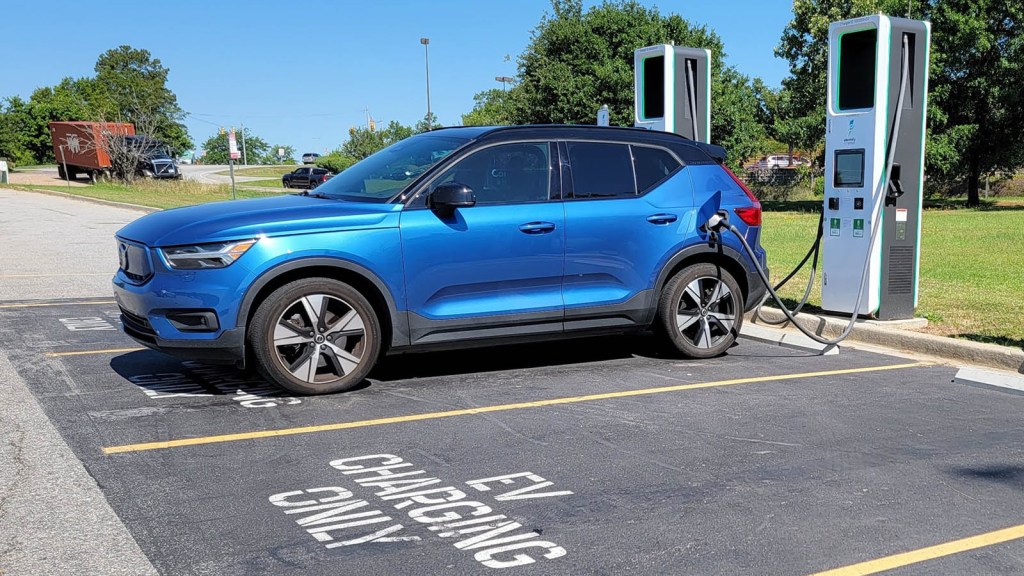
Charging your electric car in public
Public charging stations for electric vehicles allow drivers more freedom on the road, as they can travel further and choose from a variety of charging locations. When you have a firm grasp of the fundamentals, the process can be both pleasurable and straightforward.
One of the best things about owning an electric vehicle is that you can plug in wherever you go, whether you’re at the office or out doing errands. Public charging can be even quicker than at home under the right conditions and with the availability of Level 3 “Fast Charging”.
It’s important to find a charging station that works for you, not just in terms of location and availability, but also in terms of the conveniences it offers. If you have your destination in mind, you can simply drive there and park your car so that its charging connector is close by.
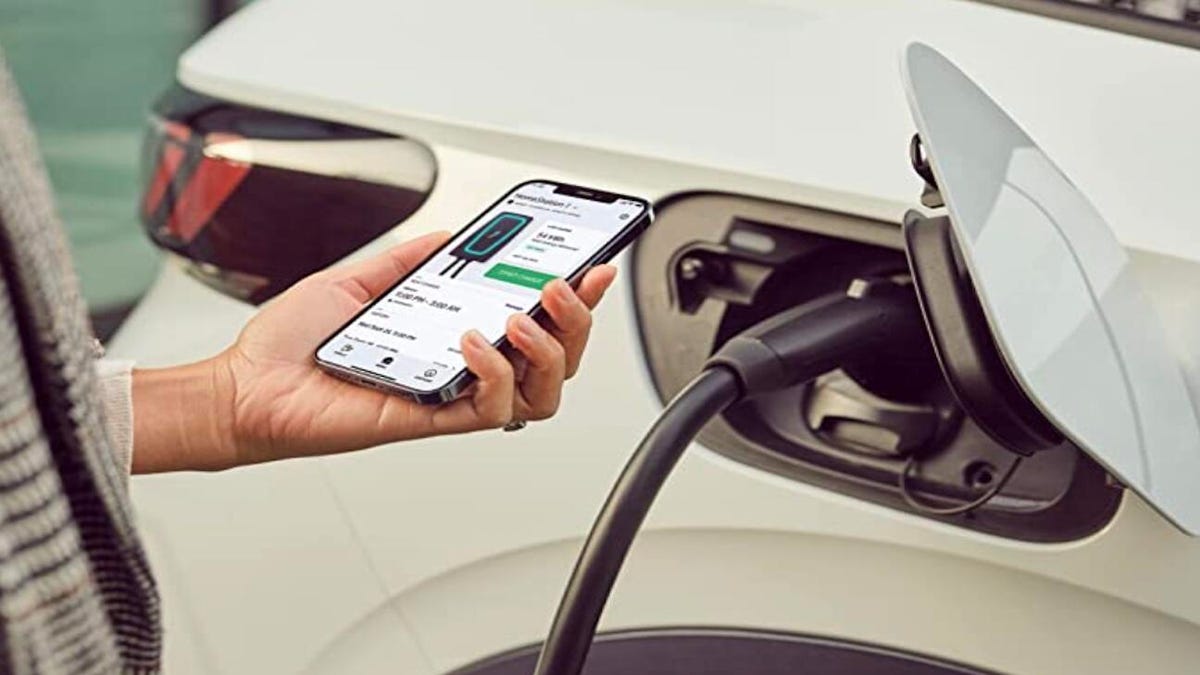
Is charging your electric car in public free?
In most cases, public charging will cost you money, though there are some exceptions. It’s a major plus if you can locate a free charging station.
It’s simple to pay for a car charging service. Once you’ve parked and are ready to charge, the charging station’s screen will outline the payment process in plain English. Mobile payments or payments made at the station are two possibilities.
Bear in mind that the charging fee may vary by station and time of day and that some stations may require payment information before they begin charging.

How to charge your electric vehicle
Charging an electric vehicle is accomplished in a manner not dissimilar to refuelling a gas-powered vehicle. If you follow these instructions, you’ll be able to charge in no time.
1. Be sure to park close to a Level 1 charging station or within range of your vehicle’s charging cable (Level 2 – which must be installed by a licensed electrician). Once the car is unlocked, you can access the charging port.
2. Connect the charging cable to the port on the vehicle. After properly inserting the connector, the light should turn on and your car will start to charge.
3. You can check on the charging process via the indicator light, the screen, or even an iOS or Android app connected to your vehicle.
4. When you’re done, close the cover over the charging port and unlock the connector.
What EV Cars Terms you should be aware of
To help you understand what people are talking about when they talk about electric cars, we’ve compiled this glossary of terms.
Amp
Amperage, or “amps,” is a unit of measurement for the rate of flow of electric current. Generally speaking, the shorter the time it takes to charge a vehicle when connected to a higher amperage source.
AC
The term “alternating current” (AC) is used to describe the bidirectional nature of electrical current in a circuit. Standard household outlets typically supply either 120 or 240 volts of alternating current.
DC
The term “alternating current” (AC) is used to describe the bidirectional nature of electrical current in a circuit. Standard household outlets typically supply either 120 or 240 volts of alternating current.
Voltage
Voltage represents the “pushing force” of electricity and is analogous to electrical pressure. More voltage means more energy can flow and be put to use, like putting more charge into a battery. That’s why different voltages require different amounts of time to charge.
kWh
Like the number of gallons of gas in a gas-powered vehicle, the capacity of an electric vehicle’s battery is measured in kilowatt-hours (kWh). As this number grows, so does the car’s cruising distance. A larger capacity battery, however, requires more time to recharge.

